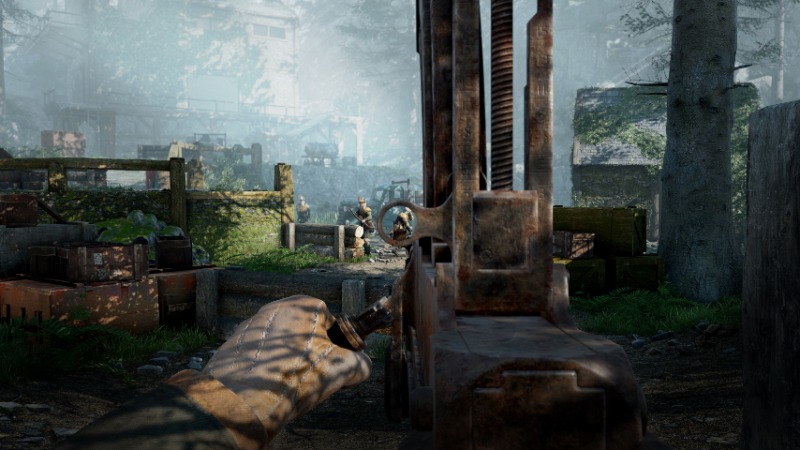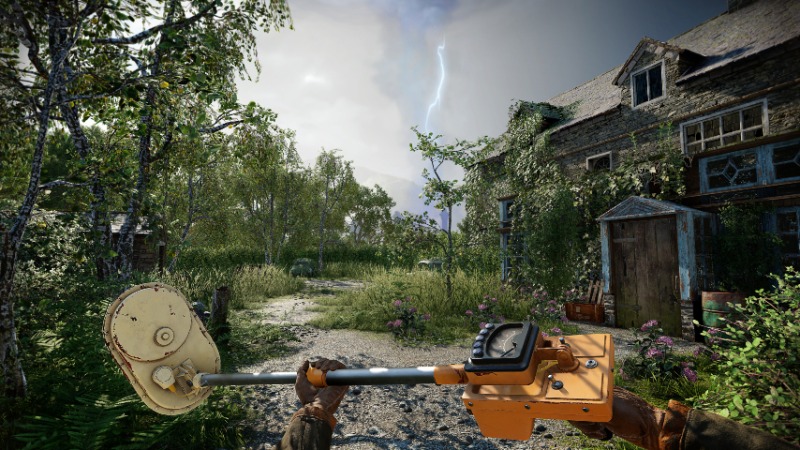Atomfall Is Less a Fallout Clone and More an Engaging Open World Detective Game
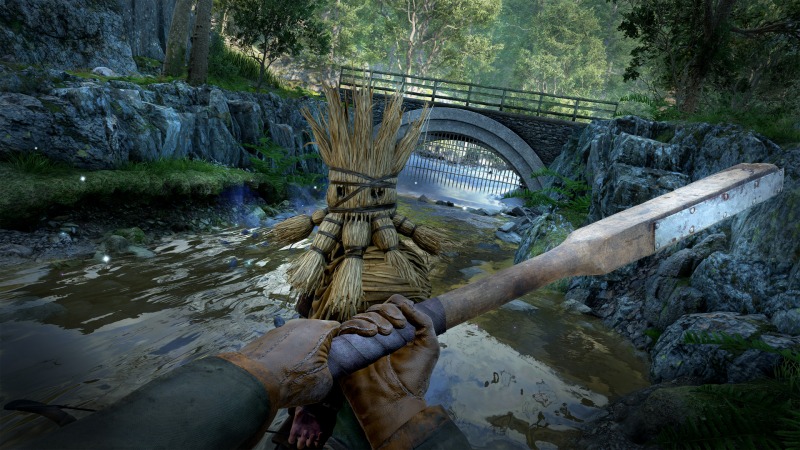
After its initial trailer, Atomfall almost immediately got reductively labeled as “British Fallout,” and even as someone critical of these kinds of kneejerk labels, it’s easy to see why. Set in what seemed like a post-apocalyptic landscape full of atomic-powered retrofuturistic technology, the main thing that set the trailer apart from its American counterparts was the green rolling hills of its English backdrop.
Having played through Rebellion Developments’ (Sniper Elite) latest, there are unsurprisingly many surface-level comparisons to be made with Bethesda’s output, specifically Fallout 4. However, what I didn’t foresee is that it borrows just as much, if not more, from open-ended detective games like Outer Wilds, offering the player little explicit guidance as they piece together evidence of a government conspiracy. While it has quite a few annoyances, like a frustrating inventory system, so-so gunplay, and a relatively bland cast of characters, it largely makes up for this by letting you explore a cleverly constructed mid-sized open world in an era where big, repetitive backdrops are the norm.
Your journey begins in a bunker, as a bleeding scientist offers cryptic advice and a keycard before setting you loose on the Northern English countryside. Bucolic shires and clear blue streams are intermixed with cobblestone streets and bright red phone booths. It would be quaint if it weren’t for all the jack-booted soldiers, deadly robots, cultists, and the general sense of impending doom. Set in an alternative history five years after the real-world 1957 Windscale atomic reactor fire (the worst nuclear disaster the UK ever experienced), the area around the destroyed plant has been placed under government quarantine for some unspecified reason. As you piece together what happened here and why no one can get out, you end up in the middle of a power struggle between those trying to find a classified facility called the Interchange that seems key to learning what happened here and how to fix it.
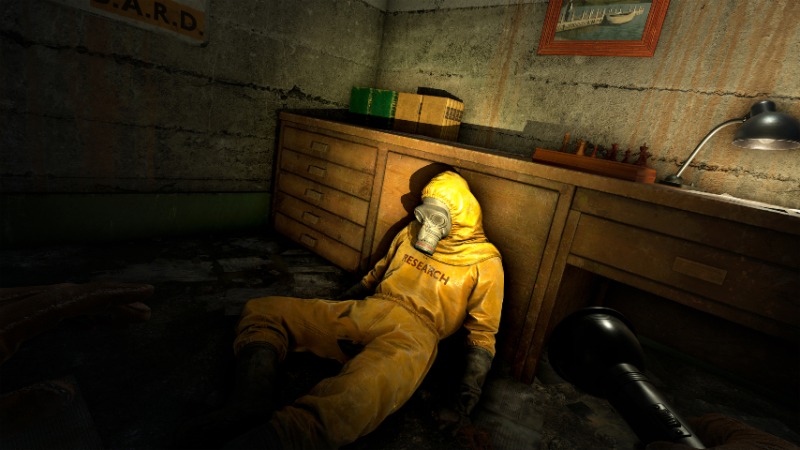
But where Atomfall is most interesting is less in its explicit storytelling than how you go about finding answers. Instead of being barraged with map icons and sidekicks spelling out exactly what you need to do if you stand still for three seconds, here the screen is blissfully uncluttered by UI indicators. While you have a trusty journal that automatically documents important leads and a map that fills in when you discover new landmarks, there aren’t glowing markers that direct you toward the next objective. Instead, you need to read in-world signs, ask for directions, and use the compass at the top of the screen to find your way, intuiting from your surroundings where to go next.
It all works because the world isn’t overwhelmingly vast but just large and dense enough to make this feel like an interconnected place brimming with cool finds. You may stumble upon a murder mystery, locate a bunker that begins a treasure hunt for an essential piece of technology, or help orchestrate a prison break. And when you finally uncover the central hub, the resulting web of shortcuts it unlocks makes it clear just how cleverly laid out this world is, entirely justifying the game’s lack of fast travel.
This space is structured so that there are always multiple threads leading to essential locales, allowing you to naturally make your way toward important sights without these discoveries ever feeling too obscure. At the same time, the lack of explicit guidance makes each minor find take on added significance, creating a link between you and the space as you piece together the secrets of this place like a master sleuth.
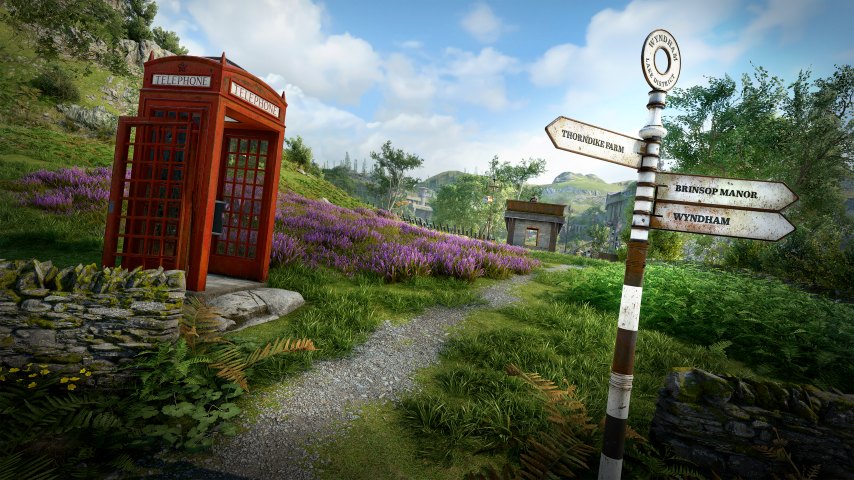
As you investigate this world, it also becomes clear that this take on Northern England has a strong sense of visual identity: when you leave the bunker at the start of the game, you’re immediately greeted by the vibrant greens of an overgrown valley, sight lines leading towards the destroyed Windscale reactor lit by a supernatural blue glow. It’s a view indicative of the strong art direction throughout, as nature is undercut by human ugliness and a mysterious presence which is the reason for this quarantine. Hulking robots help British soldiers carry out a brutal military occupation against the local populace while cartoon Clockwork Orange miscreants pillage and cultists straight out of Wicker Man skulk through the woods. And most frightening of all are the Ferals and Thralls, humans transformed into glowing blue creatures that indicate something very wrong has happened here. While the story doesn’t go particularly far past pure pulpiness, the visual identity adds just one more incentive to explore this space. And thankfully, these sights shine thanks to the very solid technical execution: on PC, I could run at a smooth 60 FPS in 4K while encountering an astonishingly small number of bugs for this kind of open world game. It all lets you appreciate every detail of this nasty setting.
-

-

-

-

-

-

-

-

-

-

-

-

-

-

-

-

-

-

-

-

-

-

-

-

-

-

-

-

-

-

-

-

-

-

-

-

-

-

-

-

